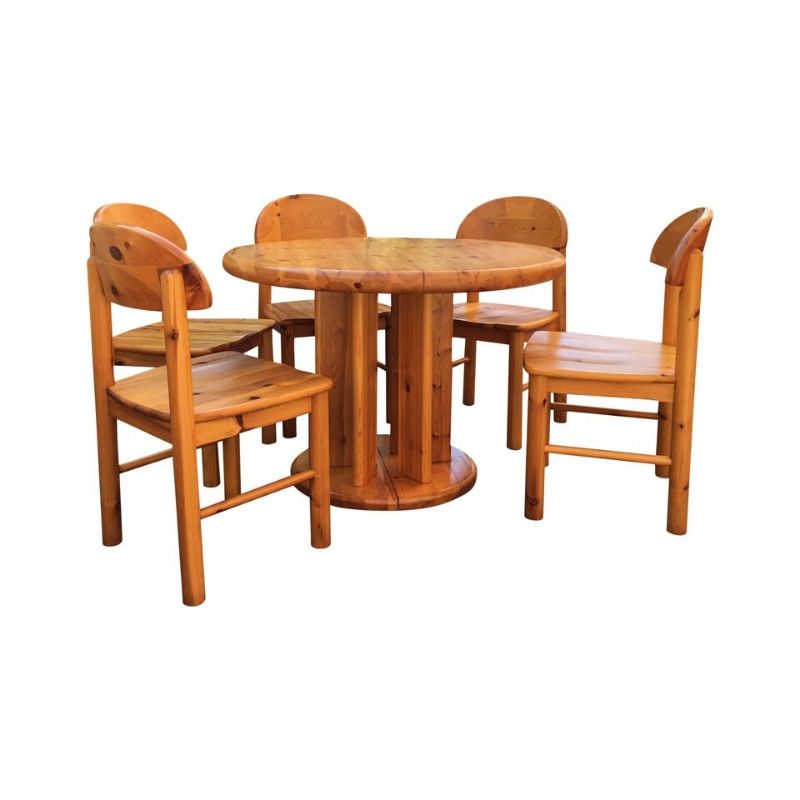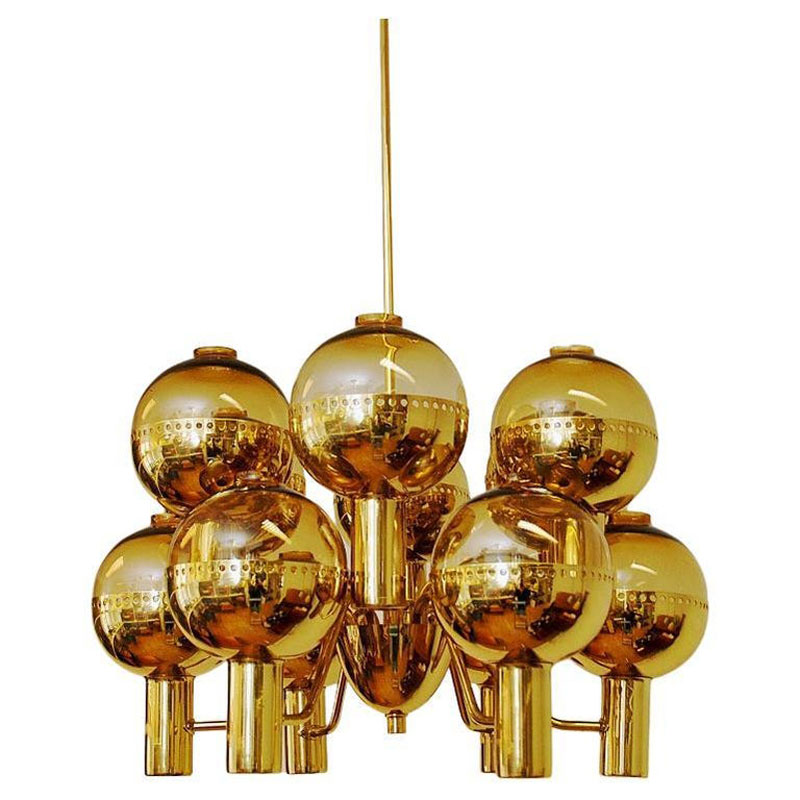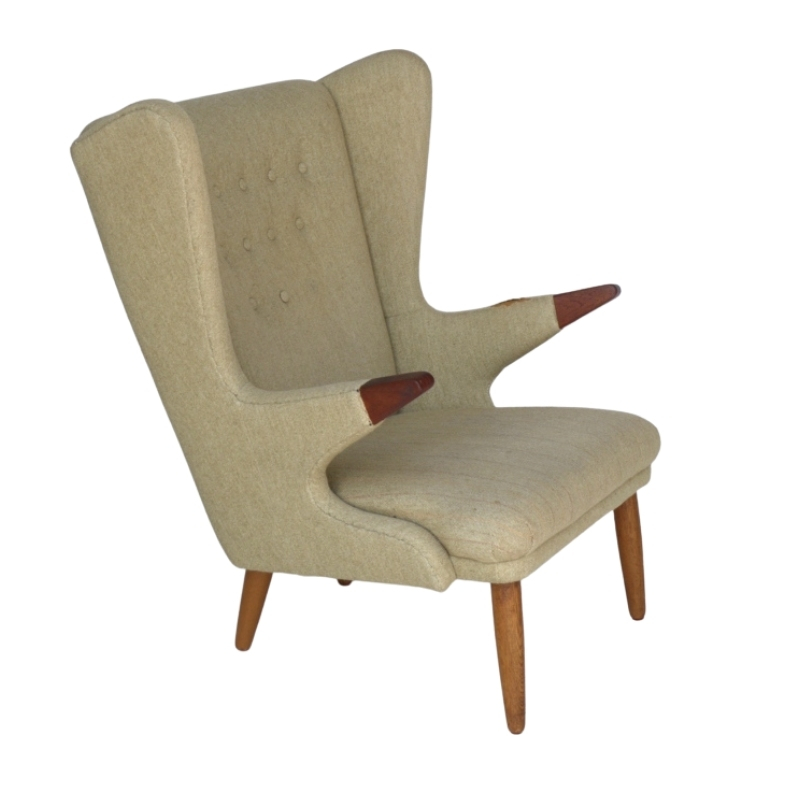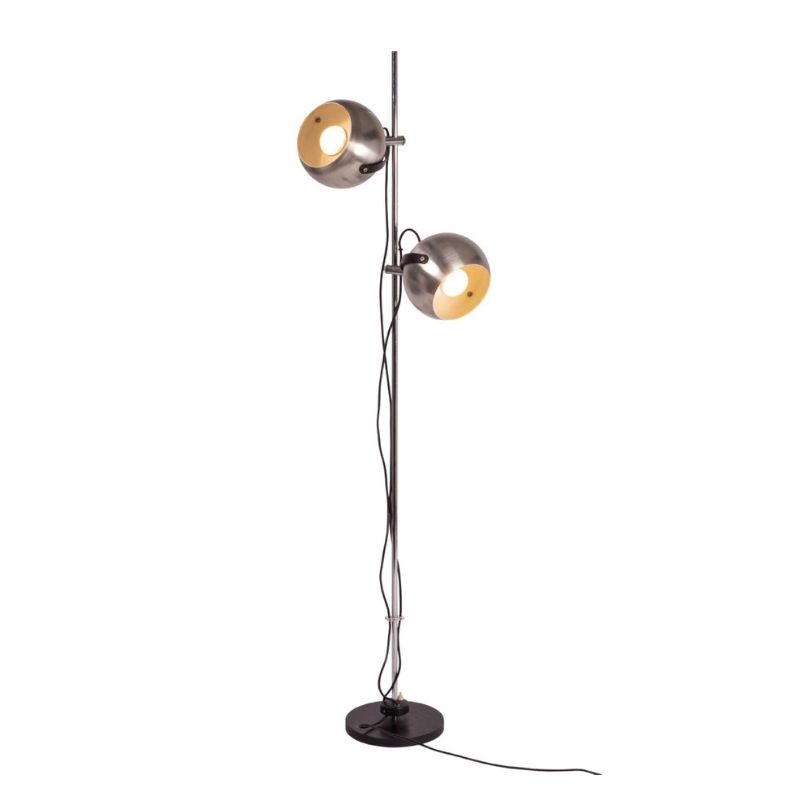I just
finished a British novel set in the immediate post-WW II period and mention is made of Utility furnishings -- and clothing ! Can anybody enlighten me ? (There was apparently a long period of rationing and conserving of material AFTER the war, for the British.) Was Utility a brand ? Were these items made or sanctioned by the government ?
The Government
Set up a panel of designers to show manufacturers designs using fewer materials, and economy of detail and decoration.
Gordon Russell headed up the furniture arm of the operation, and several couturiers, including Norman Hartnell, the clothing side of things.
Items were marked with CC41
Excellent!
I found a reaslly good article that puts it all in context, including the US
It also cites Ernest Race as being a designer for HK too
Here is some of it, and I'll add a link for the whole thing:
"The outbreak of war in 1939 brought great shortages of materials in Europe. As a result the Advisory Committee on Utility Furniture was formed, with Gordon Russell as its consultant and two High Wycombe designers, H J. Cutler and Edwin Clinch, providing working drawings which were distributed to manufacturers. Utility furniture began to appear in 1943. It was considered too advanced by the furniture trade but too conservative by the intelligentsia, so Russell thought he had got it about right! It has since been appreciated for its functional, clean lines and has a specialist following.
During the war the Americans continued to evolve, softening the modernism of the Bauhaus. Charles Eames combined metal and moulded plywoods in a range of simple functional chairs, going on to use moulded polyester. These chairs considered the seat quite separately from its legs or supports and used technological advances developed in military research for bonding materials. Eames collaborated with Eero Saarinen in several prizewinning furniture designs but his best known work is the famous lounge chair and ottoman now highly prized by collectors (including Peter Mandelson, who is often depicted in his Eames chair-ottoman), associated with his collaboration with the Herman Miller firm. Working with Eames in the 1940s was Harry Bertoia, who subsequently worked with Knoll and, in the 1950s, produced a steel mesh diamond-lattice chair much used by architects.
In Britain after the war the designers Ernest Race, Dennis Young and Robin Day are considered to be leading influences even if the USA was in some ways their inspiration. Race's button-upholstered chairs for H.K. Furniture were a modern variant on a traditional design whereas his slender, prize-winning BA chairs were designed as a means of recycling wartime aluminium scrap"
http://www.50connect.co.uk/index.asp?main=http%3A//www.50connect.co.uk/5...
If you need any help, please contact us at – info@designaddict.com











